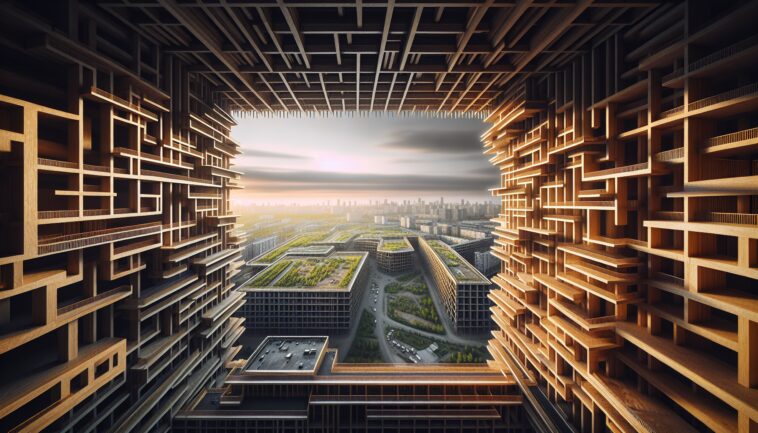Table of Contents
Calgary’s housing crisis: The impact of cutting development fees
As the housing crisis continues to escalate in Calgary, both the Liberal and Conservative parties have proposed cutting development fees as a solution to increase housing availability. However, Calgary’s Mayor Jyoti Gondek warns that such measures could backfire, leading to a decrease in new housing developments rather than an increase.
Development fees, which builders pay to municipalities, are crucial for funding essential infrastructure like roads, sewers, and electricity. Without these funds, the city may struggle to support its growing population.
The role of development fees in urban planning
Development fees, often referred to as off-site levies in Calgary, are designed to ensure that builders contribute to the infrastructure needed for new communities.
These fees cover the upfront costs for essential services such as water, sewage, and road connections, which are vital for accommodating new residents. In 2024, Calgary collected approximately $240 million in development fees, a significant source of revenue that helps maintain the city’s infrastructure.
Mayor Gondek emphasizes that cutting these fees could lead to a property tax increase of up to 10 percent, as the city would need to find alternative funding sources to cover the costs of infrastructure improvements.
Political proposals and local implications
The Conservative party has proposed incentivizing municipalities to reduce development fees, promising to reimburse cities for half of the lost revenue. Meanwhile, the Liberals suggest halving these fees for five years while providing support to municipalities to offset the financial impact.
While these proposals aim to make housing more affordable, Gondek argues that they fail to consider the realities faced by local governments. “If you think municipalities can take on the burden of you cutting out development fees completely, we can’t,” she stated, highlighting the need for a more nuanced approach to housing policy.
Community growth and infrastructure challenges
Calgary’s population has surged by approximately 192,000 in the past two years, underscoring the urgent need for housing solutions. However, the fee structure becomes more complex in established neighborhoods, where existing infrastructure must be upgraded to accommodate new developments. Developers face increased fees for multi-residential projects, which can deter investment and slow down housing construction. Shameer Gaidhar, a developer and chair of the Calgary Inner City Builders Association, notes that while the industry is eager to collaborate with city officials to reduce costs, many fees are essential and cannot simply be eliminated.
As the city awaits the results of the upcoming election, the future of development fees remains uncertain. The decisions made by elected officials will significantly impact Calgary’s housing market and the ability to meet the needs of its growing population. Stakeholders across the board are hopeful for reforms that balance the need for affordable housing with the necessity of maintaining robust infrastructure.



